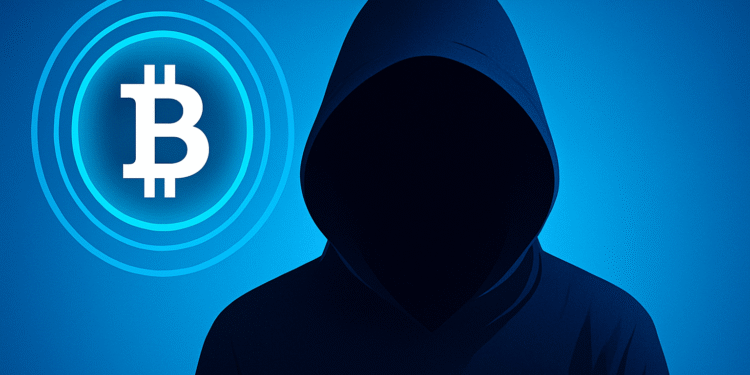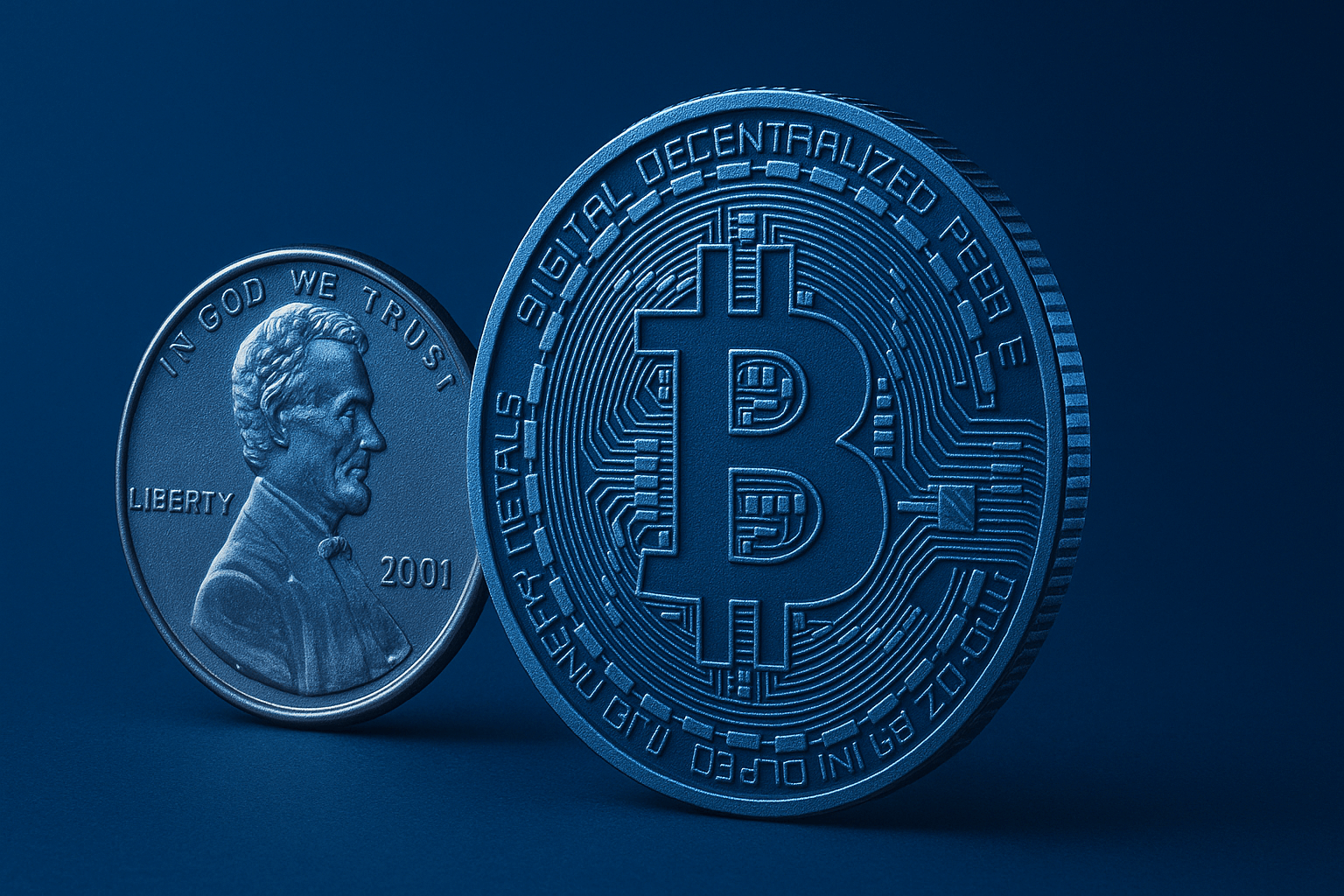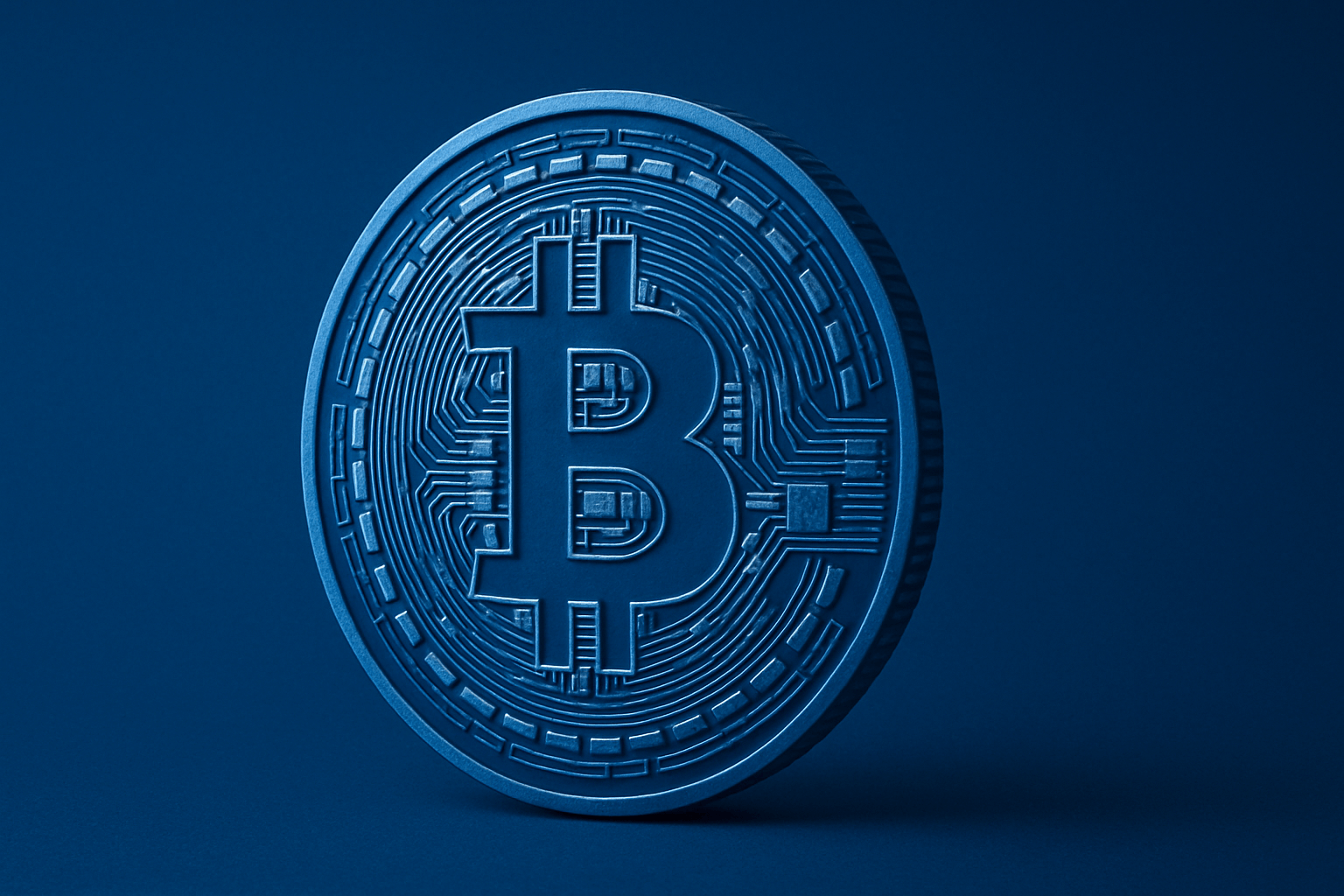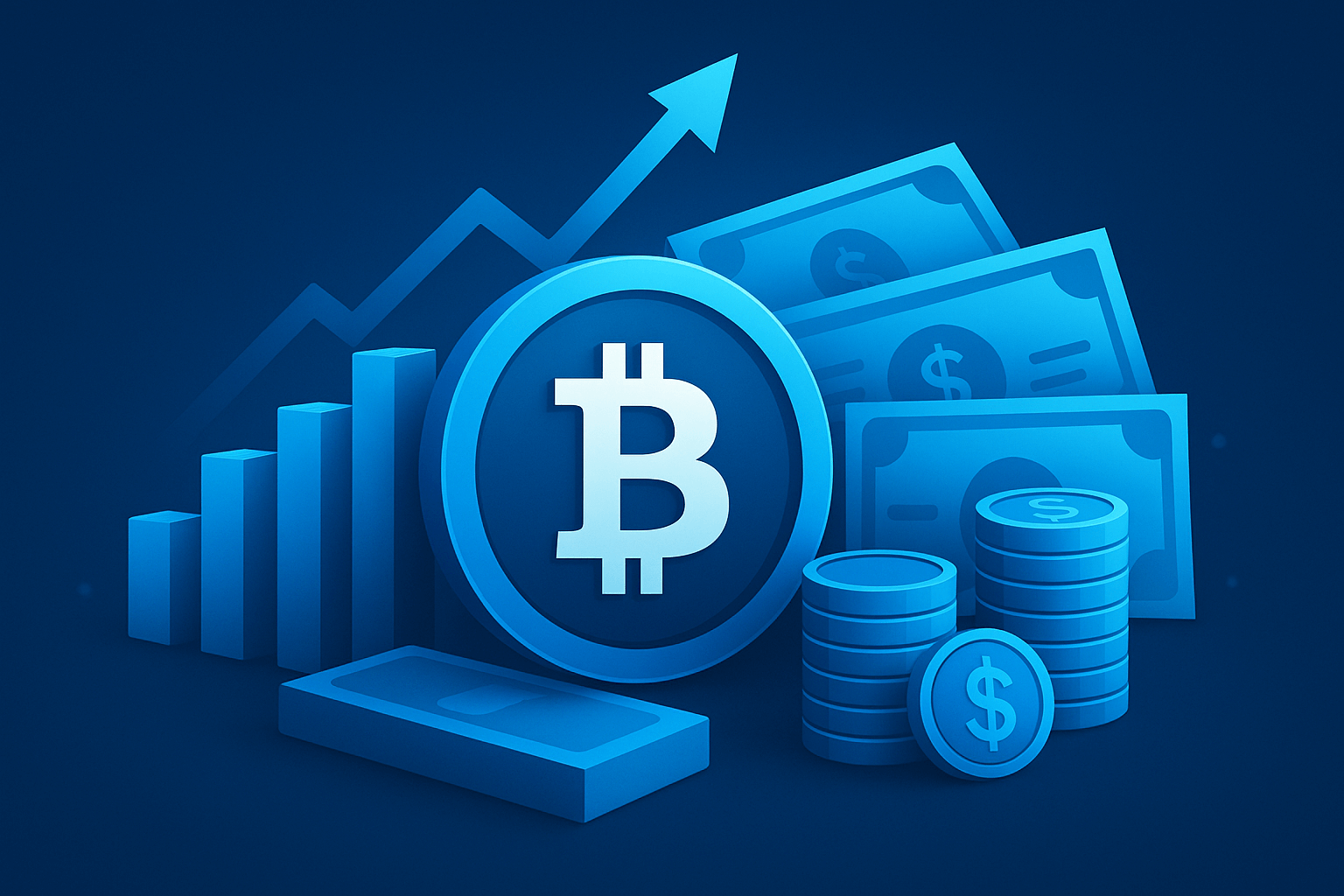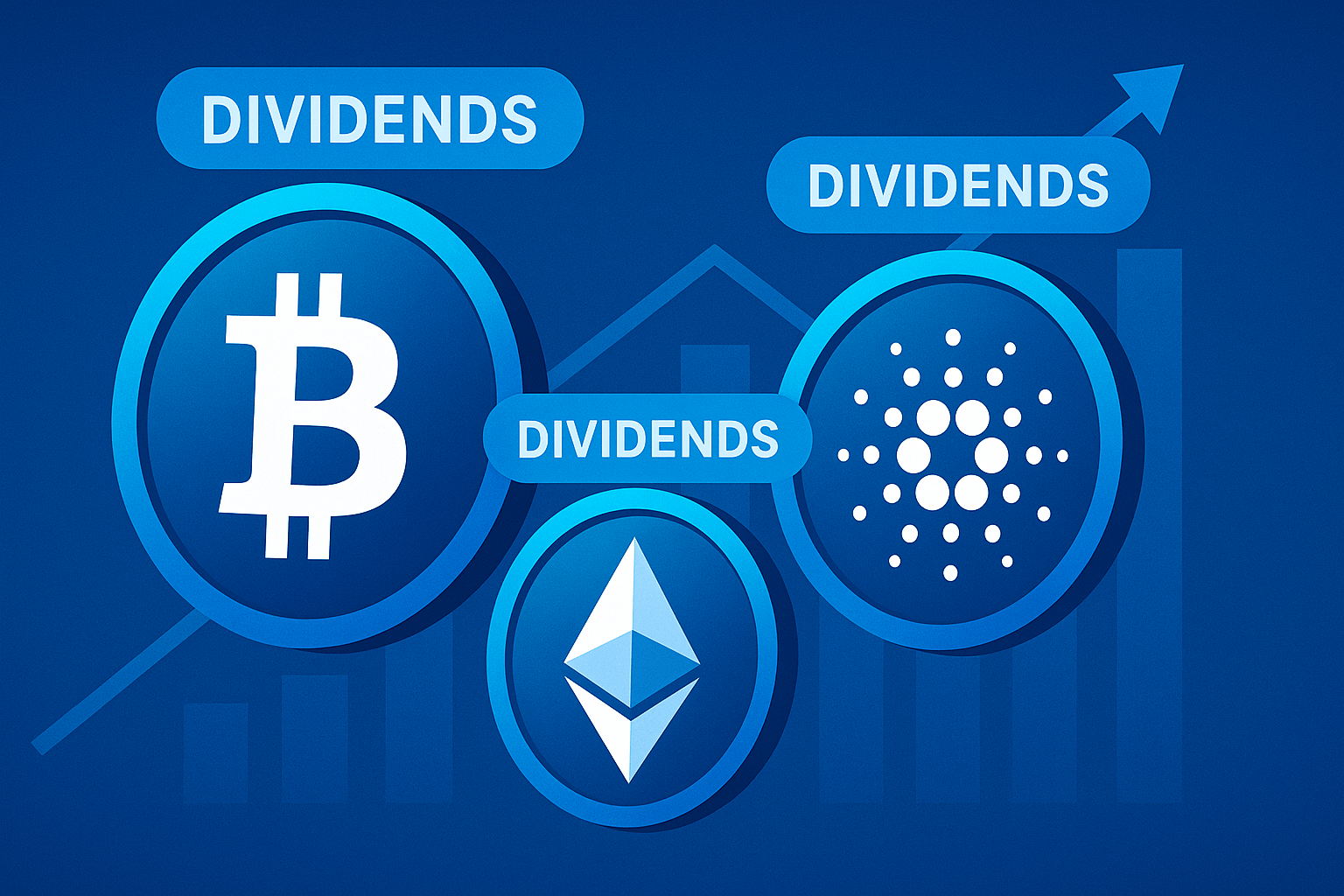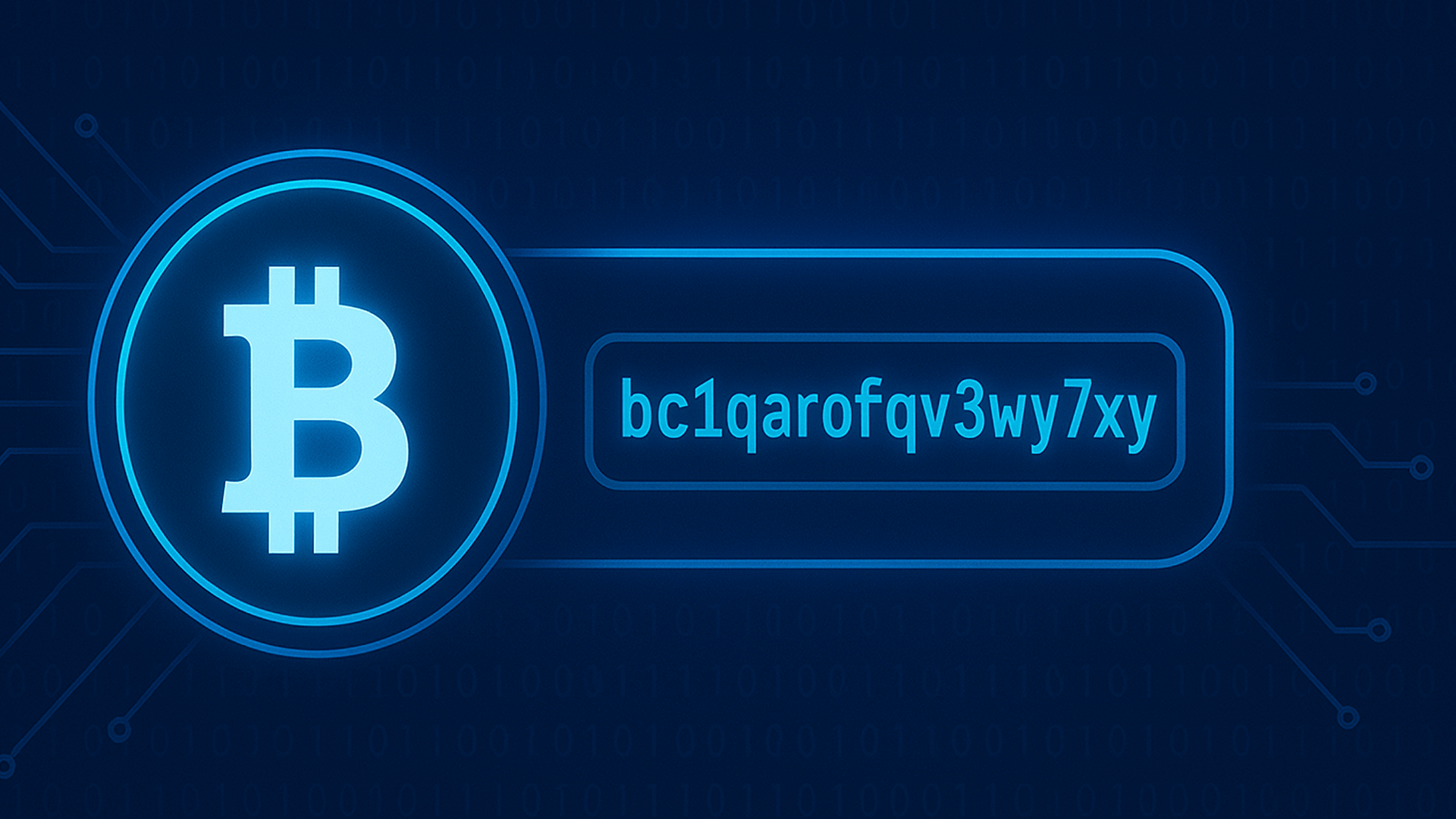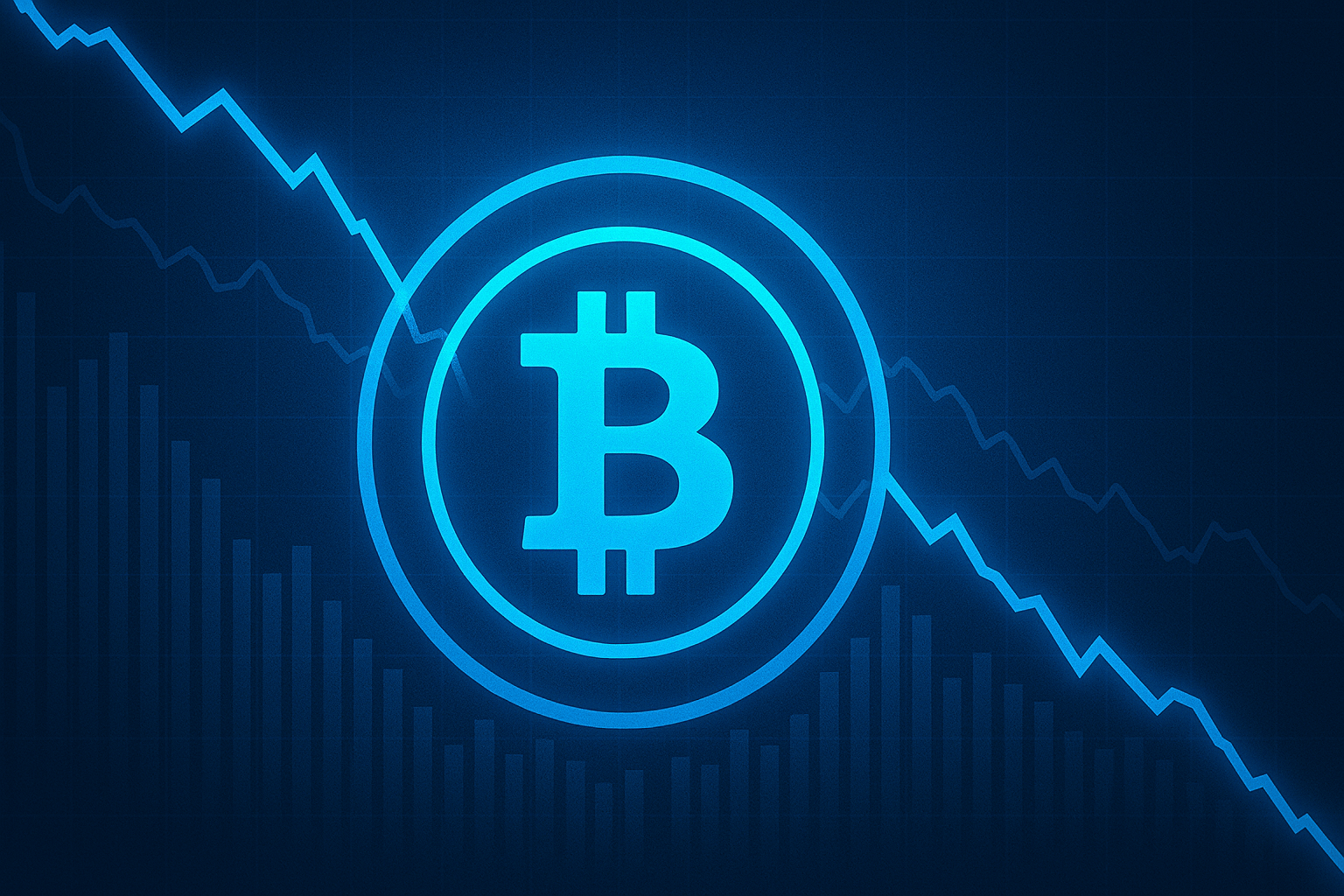The name Satoshi Nakamoto sits at the center of modern money’s greatest whodunnit. A pseudonym launched software that became a trillion-dollar asset, shook central banking debates, and seeded a movement that mixes computer science with social change. We followed the breadcrumbs—forum posts, old mailing lists, on-chain patterns, and hard-won memories from early participants—to separate evidence from legend. What emerges is a human story about risk and restraint, an engineering story about incentives and math, and a cultural story about a community that learned to trust code instead of charisma.
Why an anonymous inventor made sense for Bitcoin
Bitcoin tried to do something outrageous: let strangers agree on a ledger without handing control to a company or a government. A famous founder would have been a magnet for subpoenas, lawsuits, and political pressure. Even a well-meaning figurehead could have become the protocol’s unofficial referee, tilting debates with a tweet or a talk. Stepping away removed that gravitational pull.
Anonymity also narrowed the attack surface. If no one knows who wrote the first lines, there’s no office to raid and no family to threaten. In security, the strongest door is the one that isn’t visible. By choosing a pseudonym, the author protected not only themselves but also the project’s ability to mature without a single bottle-neck of trust. For a system meant to be permissionless, the lack of a public owner was a feature, not a quirk.
Cypherpunk roots and distrust of centralized money
Bitcoin didn’t spring from a vacuum. Its soil was the cypherpunk scene, a loose, online tribe that believed cryptography could rebalance power between individuals and institutions. On mailing lists and IRC rooms, people swapped code and arguments about digital cash, encryption, and censorship resistance. Earlier projects—like David Chaum’s e-cash, Wei Dai’s b-money, and Adam Back’s Hashcash—tested core ideas, even if they didn’t yet add up to a resilient currency.
In that environment, pseudonyms were less about mystery and more about hygiene. Handles protected people from reputational blowback and made it easier to speak plainly. Bitcoin stitched the cypherpunk toolkit into a coherent machine: proof-of-work to order events, time-chained blocks to secure history, and public-key cryptography so anyone could verify. The philosophy came first: privacy as a shield, openness as auditability, and math as a neutral referee when trust is in short supply.
A pseudonym that served the project, not the person
By writing as “Satoshi Nakamoto,” the inventor forced all attention onto the work. There was no university biography to flatter, no staged conference reveal, no glossy pitch deck. Early debates happened in code diffs and long posts, not media appearances. The effect shaped culture: run a node, verify claims, and prefer rough consensus to top-down instruction.
It’s striking how the pseudonym avoided the usual founder traps. There were no grand promises about prices, no token sale, no brand licensing. Even the white paper has the tone of a careful engineer, not a marketer. That quiet discipline kept the experiment from being reduced to a personality contest and gave contributors room to argue ideas on their merits.
The moment Bitcoin was born
To understand the author, it helps to look closely at the launch. Two events mark the origin: a short paper that could be read over lunch and a first block that carried a pointed timestamp. Together, they reveal a designer who cared about both mechanics and message—and who understood narrative without needing to sell it.
The timeline around 2008–2009 also matters. The financial crisis exposed structural fragilities, and appeals to trust rang hollow for many. Into that climate arrived a tool that made trust measurable and voluntary. It read like a whiteboard sketch, but it ran on real machines and invited anyone to join.
The white paper in 2008—what it promised in plain terms
On October 31, 2008, a nine-page PDF landed on a small cryptography mailing list: “Bitcoin: A Peer-to-Peer Electronic Cash System.” It explained how nodes could agree on a history of payments without a central clearinghouse. The trick was to make it more expensive to cheat than to play fair by making participants do measurable work. Miners would package transactions into blocks and compete to solve a puzzle. Whoever solved it first would earn newly minted coins and fees, and the longest valid chain would be treated as the truth.
The paper reads calm and practical. No buzzwords, no breathless promises. It explains double-spend risks, block intervals, and how incentives align participants. Even if you’re not a computer scientist, you can follow the logic: security isn’t just math; it’s economics. We printed it, scribbled in the margins, and were surprised by how little fluff it contained. The restraint still feels fresh compared with today’s white papers that spend more time on slogans than substance. You can still find the original at bitcoin.org/bitcoin.pdf.
Launching the network in 2009: the first block and its message
On January 3, 2009, the first block—known as the genesis block—was mined. Inside, a line quoted The Times: “The Times 03/Jan/2009 Chancellor on brink of second bailout for banks.” The message served as a timestamp and a wink at the historical mood. If the problem was fragile trust, here was a timestamp you didn’t need to trust.
Within days, the initial software spread to a handful of testers. Early miners used CPUs, not specialized rigs, and the block reward was large compared with the tiny network. The project felt like a laboratory—bugs, fixes, and theory being hammered into practice. Looking back at those early binaries and forum posts feels like watching a garage band record a track that later fills stadiums.
Satoshi’s public trail: a brief, traceable timeline
We don’t have a biography, but we do have artifacts. Posts on forums, emails to contributors, and code commits together draw a thin sketch—less a portrait, more an outline. The tone, pace, and priorities come through clearly; the identity does not.
That trail is surprisingly modest for someone who reimagined money. Instead of grand essays, we see straightforward answers to specific questions and patient reactions to bug reports. The humility reads as a deliberate habit, not a lack of conviction.
Emails, forum posts, and code that set the tone
Satoshi announced the system on the cryptography mailing list, then joined technical threads with a gentle but firm style. Early builders like Hal Finney, Gavin Andresen, and others received long replies that explained tradeoffs without condescension. The codebase, initially in C++, wasn’t elegant in a textbook sense, but it worked and reflected a clear model of the system’s moving parts.
The posts on Bitcointalk (bitcointalk.org) are worth reading. There’s curiosity, not celebrity. Questions about fees, block size, and incentive edges were answered with sideways experiments and measured language. The rhythm suggests a doer who understood that complex systems grow through iteration, not declarations.
Handing the reins to others—and the final goodbye
By 2010, Satoshi began handing maintenance and decision-making to other developers. Emails shifted toward public forums, and gatekeeping powers were diffused. The project obtained a life beyond its initiator, which seems to have been the plan. In 2010–2011, the last known messages appeared, including a line about “moving on to other things.” Then, silence.
The exit was not dramatic. No keynote farewell, no manifesto, no reveal. It felt like someone who had built a boat, checked that it floated, and stepped off while it could still sail without them. That absence later became a bulwark against centralization pressures and founder worship.
What we can infer about the creator of Bitcoin
If names are missing, fingerprints remain. The design choices point to a builder who balances computer science with monetary history. The voice across posts is consistent. The blind spots—what is not said—matter as much as what is.
Inference is not identification. Clues can be spoofed, timestamps can be shifted, and styles can be mimicked. Still, when taken as a whole, the pattern suggests competence across disciplines and a temperament that prizes caution over charisma.
Technical profile: C++, cryptography, economics
The original implementation relied on C++, with clear attention to memory, networking, and thread safety. It used established cryptographic primitives—like ECDSA signatures and SHA-256 hashing—rather than exotic constructions. That choice put security in proven math and made the system easier to audit by specialists.
The economic design matters just as much. Fixed supply, halving schedules, and miner incentives stitched security to scarcity. That blend suggests someone who read monetary history and thought about how systems erode under pressure. It’s not the kind of mashup you see in a weekend hackathon; it looks like patient, cross-disciplinary work.
Language clues, time zones, and soft signals
Several posts include British spellings such as “colour” and “favour.” Timestamps have been analyzed for active hours that align with European or UK waking times, though both could be faked by anyone attentive to opsec. Writing style is measured and carefully edited, with few typos and a preference for understatement. These are signals, not a fingerprint.
We’ve compared phrasing across messages using basic stylometry and found the voice impressively consistent. It reads like one person thinking aloud across months. That said, a tight editorial group could mimic consistency. This is why hard proof must be cryptographic, not linguistic.
What Satoshi avoided on purpose
The pseudonym skipped real-life events, media interviews, and even casual personal anecdotes. No hints about work hours, hobbies, or a campus history. Keeping the biographical canvas blank meant fewer attack vectors and fewer narrative hooks for outsiders to pull on.
There was also a studious avoidance of price talk. You’ll look in vain for predictions or marketing language in early threads. The restraint kept speculation from overwhelming the engineering mission. It’s rare discipline in a field that now runs on headlines.
Candidates proposed—and what the evidence actually says
When there is a mystery, there will be sleuths. Journalists and hobbyists have proposed names, often with thoughtful analysis and sometimes with reckless leaps. A pattern emerges: many people contributed ideas that made Bitcoin possible; none has shown decisive proof of authorship.
The most responsible way to read candidate lists is as a map of influences. They are a reminder that great inventions often sit atop collaborative soil. The urge to crown one hero can erase that wider ecosystem.
Hal Finney, the first recipient of BTC
Hal Finney was among the first to run the software. He received the first transaction from Satoshi and built crucial performance improvements. His cryptography background and proximity to early development make him a perennial candidate.
Finney denied being Satoshi, and publicly shared emails, code, and timelines that support his role as an early collaborator. The material we’ve reviewed lines up with him being a brilliant partner, not the original author. His transparency, generosity, and documented history argue against the theory, even as his influence on the project is undeniable.
Nick Szabo and the “bit gold” lineage
Nick Szabo coined “smart contracts” and designed “bit gold,” a striking ancestor to Bitcoin. Conceptual overlaps are real: chained proof-of-work, timestamping, and a market for scarce digital units. Some linguistic analyses have tried to link Szabo’s writing to Satoshi’s, with mixed results.
Szabo has consistently denied being Satoshi. The fairest reading is that his papers tilled the ground on which Bitcoin grew. If you want to understand the intellectual roots, reading Szabo is essential. But roots are not proof of identity.
Adam Back and Hashcash parallels
Adam Back’s Hashcash introduced proof-of-work to combat email spam. Bitcoin extends the concept from spam resistance to ledger consensus. Back is technically capable, early to the scene, and later co-founded Blockstream, keeping him close to the protocol’s evolution.
He has denied being Satoshi, and nothing public crosses the threshold from influence to authorship. If Bitcoin is a cathedral, Hashcash is one of its foundational stones—but a stone is not the architect.
Dorian Nakamoto and the hazards of misidentification
In 2014, a magazine story mistakenly identified Dorian S. Nakamoto, a retired engineer, as Bitcoin’s inventor. A photo of him on the front lawn became a viral symbol of media rush and the human cost of thin evidence. Dorian, by all reasonable measures, had nothing to do with the software or the paper.
The episode is a lesson in confirmation bias, and a reminder of the risks. Real people get pulled into storms they didn’t cause. For a topic that attracts clicks, skepticism is a duty, not a luxury.
Craig Wright’s claims and court rulings
Craig Wright has claimed to be Satoshi for years. Multiple court cases examined his evidence. Judges and experts found documents unreliable or altered, and no cryptographic proof from early keys has been produced. The pattern is familiar: dramatic claims, legal skirmishes, and missing signatures that would have settled the question in minutes.
We read filings and transcripts where available and found the same gap: anecdotes and paperwork cannot replace a simple, signed message. Extraordinary claims demand ordinary cryptography.
Leonard (Len) Sassaman and the documentary debate
Len Sassaman, a privacy stalwart, worked on remailers and had the skills to build something like Bitcoin. A recent documentary argued for him as a potential author, pointing to timing, expertise, and temperament. It’s a thoughtful case, respectfully presented.
Yet again, the absence of cryptographic proof leaves the story in maybe-land. Admiring someone’s work is one thing; assigning authorship without keys is another. The theory is plausible, not proven.
Team theory: could “Satoshi” be a small group?
Some argue the breadth of skills—systems design, cryptography, economics, and clean prose—suggests a team. A small, tight group could share duties and maintain a consistent voice. It’s possible, and pseudonyms have masked collectives before.
But the steady style across posts and the coherent design vision feel like one mind. If a team wrote as one, they were remarkably uniform. Again, without key signatures, the question remains open.
| Candidate | Evidence for | Evidence against | Verdict |
| Hal Finney | First transaction, core optimizations, cryptography veteran | Clear denials, public archives align with collaborator role | Influential early builder, not proven author |
| Nick Szabo | “Bit gold,” smart contracts, conceptual overlap | Denials; no early-key access | Intellectual ancestor, authorship unproven |
| Adam Back | Hashcash proof-of-work, early contact | Denials; no key-based proof | Major influence, not established as Satoshi |
| Dorian Nakamoto | Similar surname | No technical link; public misidentification | Not involved |
| Craig Wright | Self-claims, court publicity | No valid signatures; courts rejected evidence | Unproven |
| Len Sassaman | Skills, privacy ethos, timing | No key-based proof; inconsistencies | Plausible theory, not verified |
How much Bitcoin could Satoshi control?
Estimating the stash is part science, part caution. Early mining patterns suggest a single miner, likely the inventor, mined a significant number of blocks before others joined in large numbers. The range often quoted is hundreds of thousands of coins, but the method is inferential, not an on-chain label that reads “Satoshi’s wallet.”
We reviewed the best-known analyses and cross-checked them against current chain explorers and historical charts. It’s tempting to translate estimates into dollar figures, but remember: coins that never move might as well be a museum piece. Markets care about flow, not just stock.
Estimating the stash: the Patoshi pattern explained simply
Researchers noticed a repeating fingerprint in early blocks, nicknamed the “Patoshi pattern.” It’s based on subtle timing and nonce behaviors—think of it as a miner’s rhythmic signature in the rock strata. The pattern suggests one dominant miner produced many blocks in 2009–2010, likely the original author bootstrapping the system.
Numbers vary, but reputable estimates cluster around 600,000–1,100,000 BTC. The method isn’t perfect; it infers a single miner from statistical quirks. But it’s the best publicly available lens we have. If you want to dig deeper, on-chain analytics platforms like glassnode.com publish research notes and dashboards that help visualize early issuance and supply dynamics.
Why those coins have (almost) never moved
Assuming the estimates are close, the striking fact is how still those coins are. Apart from a few movements that may be misattributions or dust, the suspected addresses have stayed quiet. This silence feels like intentional self-restraint, a choice to avoid spooking markets or concentrating power.
There’s also a practical angle: keys can be lost. If the keys are inaccessible, movement is impossible. Both explanations—deliberate dormancy or lost access—lead to the same outcome: the balance acts as a psychological backdrop rather than a liquid supply threat.
Market effects if the coins ever wake up
If an early address tied to known coinbase outputs suddenly signed a message or sent funds, traders would react within seconds. Short-term volatility would jump as algorithms and humans tried to decode intent: is this a sale, a test, or an archival key rotation?
Context would steer the narrative. A signed message without selling might reassure. A large transfer to an exchange wallet would likely trigger panic. We’ve watched similar alerts—far smaller in scale—cause sharp swings. Price trackers like coingecko.com and on-chain alerts from glassnode.com would light up, and exchanges such as binance.com, coinbase.com, and kraken.com would see a rush of orders. We once compared fee tiers on these platforms during a volatility spike; spreads widened quickly, and taker fees combined with slippage made panicked trades expensive.
| Scenario | Immediate market reaction | Risk level | Notes |
| Signed message, no movement | Volatility up, curiosity high | Low–medium | Proof of life; likely think pieces, not sell-offs |
| Small transfer to new self-custody | Short spike, then fade | Medium | Could be key management; context key |
| Large transfer to exchange wallet | Sharp drop, liquidity stress | High | Perceived intent to sell; watch order books |
Did a government create Bitcoin?
The hypothesis resurfaces every year: could a state actor have built and released the protocol? Intelligence agencies do fund cryptographic research, and open releases aren’t unheard of. It’s a thought experiment worth running carefully.
The strongest argument against is incentive alignment. The system reduces gatekeeper control, complicates capital controls, and empowers adversaries. As a “honeypot,” it’s oddly designed: too permissionless to steer and too transparent to harvest data in secret.
Arguments for and against state origin
Arguments for include advanced knowledge and resources. A government lab could have assembled the ideas and released them to test network resilience or to stress global payment rails. Distributing code openly would let researchers observe behavior at scale.
Arguments against pile up. The protocol undermines seigniorage—the profit from issuing money—and creates a tool with no off switch. The messy, organic early history, with debates and bugs in public, looks unlike a controlled experiment. If this was a state project, it was one released without a leash, which makes little strategic sense.
Open-source transparency as a counterpoint
From day one, the code, mailing list discussions, and repositories were public. Independent minds found bugs, suggested changes, and debated tradeoffs out in the open. That transparency is hard to fake across years. It’s not impossible—but it is improbable.
We looked for signs of centralized coordination in the commit history and found what you’d expect in a scrappy project: uneven intervals, diverse contributors, and human messiness. The pattern fits a community learning by doing, not a stealth lab revealing a polished product.
What proof of Satoshi’s identity would actually look like
Claims are cheap; signatures are not. The bar for proof is low-tech and unambiguous. If you control early keys, a few seconds of cryptography can do what no press conference can.
Everything else—documents, stylometry, affidavits—belongs in the “interesting but insufficient” bucket. Without keys, there is no case. With keys, there is no debate.
Signing with early keys beats every anecdote
A short message signed by a private key linked to an early coinbase address would settle the question. Anyone can verify the signature with widely available tools. It’s easy to perform for the real person and impossible to fake without the secret keys.
Think of it as a lock-and-key test. A thousand witnesses can swear you own a safe, but only the key opens it. In Bitcoin, math checks the key in public, with no notary required.
Chain of custody for domains and files
Secondary proofs can strengthen the picture: control over the original Bitcoin.org domain registration, access to early repository credentials, and PGP keys linked to known emails and posts. Each piece doesn’t prove identity on its own, but together they draw a tight circle.
Still, without an early-key signature, even a tight circle leaves a gap. For a system built on verifiability, only cryptographic proof meets the standard it set for itself.
Why the mystery helps Bitcoin more than it hurts
Many projects borrow trust from a visible founder. Bitcoin declined that crutch. In practice, the vacuum put pressure on process: rough consensus, open review, and nodes enforcing rules. It’s slower, sometimes frustrating, but more resilient than a personality-led roadmap.
The absence also blunts both hero worship and villain narratives. There’s no single person to blame or to sanctify. The system lives or dies by whether its rules are useful enough for people to run them on their own machines.
Decentralization by design, not personality
Without a CEO, decisions gravitate to code proposals, mailing lists, and implementations. Nodes accept or reject changes; miners can signal support; users can choose software. Power is not zero-sum, but it is diffuse. That diffusion lowers political risk and makes capture harder.
We’ve observed upgrades where the lack of a founder slowed decision-making but improved scrutiny. It’s like a town meeting versus an executive order. The price is patience; the reward is robustness.
The culture Satoshi left behind
“Verify, don’t trust” is not just a slogan; it’s a daily practice. Run your own node and you enforce the rules you believe in. Hard caps and predictable issuance mean the schedule can be checked by anyone with a block explorer. Open-source review keeps pressure on code quality and security.
These norms explain why the project remains distinct from most crypto ventures that ship with foundations, marketing budgets, and generous token allocations to insiders. Bitcoin remains stubbornly unowned, which may be its sharpest edge.
Fresh claims will keep appearing. Some will be elaborate, complete with legal filings and media tours. The best defense is a simple habit of skepticism shaped by the protocol’s own standards: verification beats narrative.
We’ve seen waves of headlines create whiplash. You can reduce stress by focusing on what can be checked in minutes: signatures, keys, repositories, and timing. If those aren’t present, the story is, at best, entertainment.
Red flags in media stories and court filings
Stories often arrive with smoke and mirrors because smoke is easier to produce than keys. Pay attention to the structure of the proof offered. When evidence leans on spectacle or authority, you’ve learned more about the storyteller than about the truth.
- No cryptographic proof, but lots of documents and drama
- Inconsistent timelines and conveniently “lost” keys
- Appeals to authority instead of verifiable evidence
- Attempts to silence critics instead of answering them
A quick checklist for healthy skepticism
Use a quick checklist the way a pilot uses preflight steps: not because problems are common, but because the cost of missing one is high. The following questions can be answered quickly and save hours of speculation.
- Has the claimant signed a message with an early address?
- Does the style match early posts—and do independent experts agree?
- Are technical errors present that the real Satoshi wouldn’t make?
- Is the claim tied to financial gain or publicity?
Key takeaways for beginners
You don’t need a founder’s name to use the network safely. The rules are baked into software that anyone can audit. Markets can be noisy about mysteries, but the protocol remains boring in the best way: blocks arrive, transactions confirm, and supply ticks on schedule.
For price and supply data, public sources are your friends. We track market snapshots on coingecko.com and watch on-chain flows and long-term holder behavior on glassnode.com. When we test exchanges, we prioritize clear fees and smooth withdrawals; official sites like binance.com, coinbase.com, and kraken.com publish their schedules in detail. In our own comparisons, taker fees and spreads often matter more than headline rates during volatile days.
- You can use and understand Bitcoin without knowing who Satoshi is.
- The inventor likely holds a large stash—untouched so far.
- Real proof would be a cryptographic signature from early keys.
- The mystery reinforces decentralization and resilience.
Further reading and primary sources
Primary material protects you from hearsay. Reading it sharpens your own filters and lets you spot myths early. Start with the documents and repositories that formed the project’s backbone, then explore reputable research.
- The Bitcoin white paper: bitcoin.org/bitcoin.pdf
- Satoshi’s forum posts: bitcointalk.org
- Early mailing list archives: look up “cryptography mailing list bitcoin 2008”
- On-chain data and research: glassnode.com
- Market history and charts: coingecko.com
- Official exchange info: binance.com, coinbase.com, kraken.com
FAQ: common questions about the creator of Bitcoin
Curiosity is normal here. A hidden author invites questions that blend technology, money, and detective work. The answers below are short by design; each could spawn an essay, but the essentials fit on a single page.
We’ve phrased them in plain language and tested them with readers new to the topic. Share them with a friend who’s bitcoin-curious and watch how quickly the conversation shifts from mystery to what the tool can do.
- Q1: Who is the real creator of Bitcoin? A1: The pseudonym is Satoshi Nakamoto. Their real-world identity remains unknown and unproven despite many theories.
- Q2: Is Satoshi Nakamoto a single person or a group? A2: We don’t know. The communication style suggests one person, but a small team is possible. No definitive evidence either way.
- Q3: How many bitcoins does Satoshi own? A3: Estimates based on early mining patterns suggest roughly 600,000–1,100,000 BTC. The exact figure is unknown.
- Q4: Has Satoshi ever sold or moved coins? A4: Coins believed to be Satoshi’s have not been reliably shown to move. The vast majority appear untouched.
- Q5: Why did Satoshi disappear? A5: Likely to protect decentralization and avoid legal or personal risk. Satoshi said they had “moved on to other things.”
- Q6: Could a government have created Bitcoin? A6: It’s unlikely. The incentives undercut centralized control, and the open, messy early history looks organic.
- Q7: What would prove someone is Satoshi? A7: A message signed with private keys controlling early coinbase addresses would be decisive. Everything else is circumstantial.
- Q8: Is Craig Wright Satoshi Nakamoto? A8: Courts and experts have found his claims unproven. No valid cryptographic proof has been produced.
- Q9: What would happen if Satoshi returned? A9: Markets would react strongly. If the return included a signed message or coin movements, it could spark short-term volatility and long debates.
- Q10: Why does it matter who created Bitcoin? A10: For most users, it doesn’t. The rules are enforced by code and nodes. The mystery mainly fuels curiosity and media cycles, not the protocol’s function.
Pros, cons, and practical risks of the mystery
Ambiguity is a double-edged sword. It grants resilience by removing a single point of social control, but it also leaves room for impostors and media spin. When you learn to navigate it, you gain a practical skill: filtering noise without becoming cynical.
Based on our testing—following court cases, comparing data sources, and watching how markets react to fresh claims—the benefits outweigh the drawbacks, provided you stick to verifiable signals and ignore theatrics.
Advantages, disadvantages, and how to manage them
Here’s a plain breakdown you can keep in your mental toolkit. It’s not exhaustive, but it covers the tradeoffs we bump into most often, plus simple tactics that help.
- Advantages: fewer central points to attack, reduced founder worship, stronger emphasis on code review, better alignment with permissionless ideals.
- Disadvantages: room for impersonation, media confusion, slower decision-making without a “final word,” and occasional coordination friction.
- Risks you can manage: verify sources before sharing, rely on signed messages not screenshots, and prefer primary documents to summaries.
We once timed ourselves checking a flashy “Satoshi return” claim. It took under three minutes to verify that no early-key signature existed. Those three minutes saved hours of debate—and probably a few itchy trading fingers.
Not financial advice

